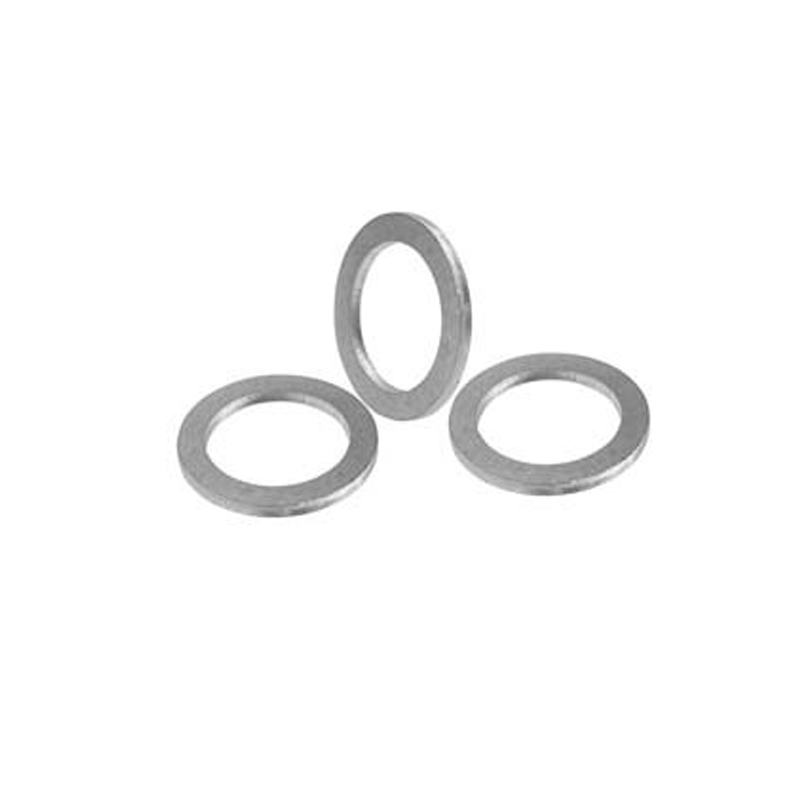oil seal selection
Oil Seal Selection A Comprehensive Guide
Oil seals play a crucial role in numerous industrial applications, particularly in machinery and automotive fields. They are essential in preventing the escape of lubricants and the ingress of external contaminants. Selecting the right oil seal is vital for ensuring optimal performance, longevity, and efficiency of equipment. This guide aims to illuminate various factors involved in oil seal selection, empowering engineers and technicians to make informed decisions.
Understanding Oil Seals
Oil seals, also known as shaft seals or radial seals, are designed to fit around rotating shafts in machinery. They consist of a flexible sealing lip that adjusts to the shaft's surface, creating a barrier against oil leaks and dirt ingress. Oil seals can be made from various materials, including rubber, silicone, and even metal, depending on the application requirements.
Key Selection Criteria
1. Operating Environment The first factor to consider during oil seal selection is the operating environment. Temperature extremes, exposure to chemicals, humidity, and dust levels will significantly affect the performance of the seal material. For instance, high temperatures may require a seal made from specialized rubber compounds or fluoropolymers that can withstand heat without degrading.
2. Shaft and Housing Design The dimensions and design of both the shaft and the housing where the seal will be installed are critical. Accurate measurements of the shaft diameter, length, and surface finish will help ensure a tight fit. Additionally, the housing must provide a suitable groove depth and width to accommodate the oil seal. Attention to detail in this area can help prevent premature seal failure.
3. Seal Material The choice of seal material is paramount to the seal's durability and functionality. Common materials include - Nitrile Rubber (NBR) Ideal for general-purpose applications, offering good resistance to oils and fuels at moderate temperatures. - Fluoroelastomers (FKM) Suitable for high-temperature, aggressive chemical environments. - Silicone Known for excellent temperature resistance but may not perform well against oils. Selecting the right material based on the application’s specific conditions will enhance the seal's overall lifespan.
oil seal selection

4. Application Speed The rotational speed of the shaft is another essential factor. Seals operate differently under various speeds; therefore, understanding whether the application involves high-speed rotation or steady-state operation can inform the selection of lip design and material.
5. Pressure Conditions Depending on whether the application is under positive pressure (where oil might try to escape) or negative pressure (where external contaminants may enter), the seal design can be adjusted to offer higher performance and reliability.
6. Installation Method Consideration of how the seal will be installed can also impact choice. Some seals are easier to install than others and may require specific tools or techniques. For instance, seals designed with installation aids can ensure proper fit and alignment, thus reducing the risk of damage during installation.
Performance Evaluation
After selecting a seal, ongoing performance evaluation is crucial. Regular monitoring for signs of wear, leakage, and environmental impact can help in adjusting maintenance schedules and replacement plans. Engaging in preventive maintenance will not only prolong the life of the seals but also enhance the overall efficiency of the machinery.
Conclusion
In summary, selecting the right oil seal involves a comprehensive understanding of various factors including operating conditions, shaft and housing specifications, seal materials, application speed, pressure conditions, and installation methods. A careful selection process contributes to improved reliability and performance of the machinery involved. By prioritizing these considerations, engineers can achieve optimal sealing, reduce maintenance costs, and enhance the lifespan of their equipment. As industries continue to evolve, staying updated with the latest technologies and materials in oil seal production will further facilitate effective and efficient machinery operation.
-
The Ultimate Guide to Car Repair Kits: Tools and Essentials Every Driver Should Own
News Aug.01,2025
-
The Complete Guide to Oil Pan Gaskets: Sealing Engine Leaks the Right Way
News Aug.01,2025
-
Preventing Oil Leaks: A Complete Guide to Oil Pan Gaskets and Drain Seals
News Aug.01,2025
-
Everything You Need to Know About Oil Pan Gaskets and Drain Plug Seals
News Aug.01,2025
-
Essential for Car Owners: How to Use a Car Repair Kit to Deal with Minor Breakdown
News Aug.01,2025
-
Comprehensive Guide to Engine Oil Sump Gaskets and Related Seals
News Aug.01,2025
-
The Ultimate Guide to Boat Propeller Bearings and Trailer Wheel Bearings
News Jul.31,2025
Products categories















